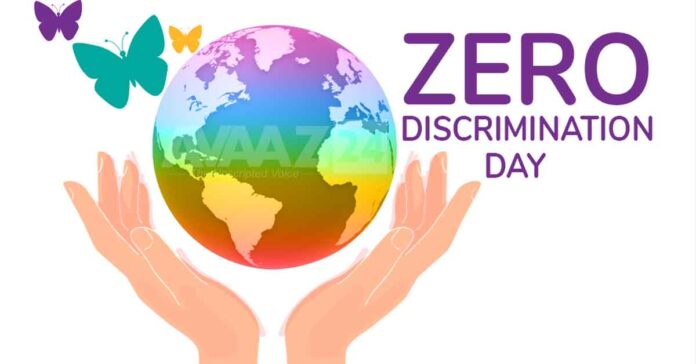Zero Discrimination Day is observed on March 2 every year globally. It is observed to promote equality in practice before the law. Butterfly is the symbol for Zero Discrimination Day.
The day has gained its significance by organizations like UNAIDS that combat discrimination against people living with HIV/AIDS. This day also highlights that there is an urgent need to take action against the inequalities in income, age, sex, health status, color, race, occupation, sexual orientation, religion, gender and ethnicity.
History of the day
Zero Discrimination Day was first celebrated on 1 March 2014. It was launched by UNAIDS director Michel Sidibé on World Aids Day in December 2013.
The United Nations has promoted the day with campaigns and various activities to celebrate one’s right to live life with dignity and honor regardless of their age, sex, religion, caste, color, nationality, height, weight and profession.
Symbol
The symbol for Zero Discrimination Day is a butterfly. It is widely used by people on social media to share their stories photos to end discrimination.
Significance
There is more than 70% of among the total global population now as COVID-19 has hit people the hardest, especially those people who were the most vulnerable.
The UNAIDS page for World Discrimination Day adds that the world is off track from delivering on the shared commitment to end AIDS by 2030 because of structural inequalities.
The objective is to achieve dignity by protecting the rights of people through good political, economic, and social policies. There is also an urgent need to pay attention to the requirements of disadvantaged Communities
Theme
The theme for this year is to Shine a light on inequalities you see by just addressing them on social media or any other medium.
ALSO READ: Dadasaheb Phalke Award 2021: Deepika Wins for ‘Chhapaak’, Late SSR Honoured


